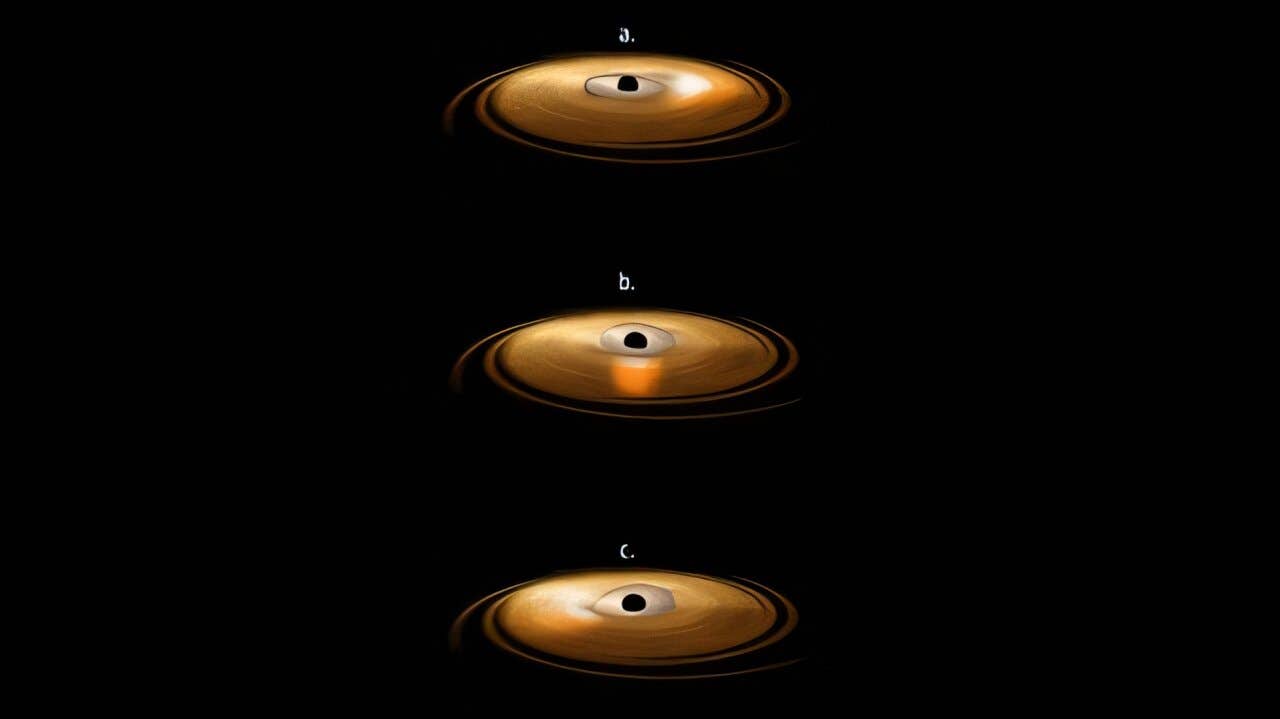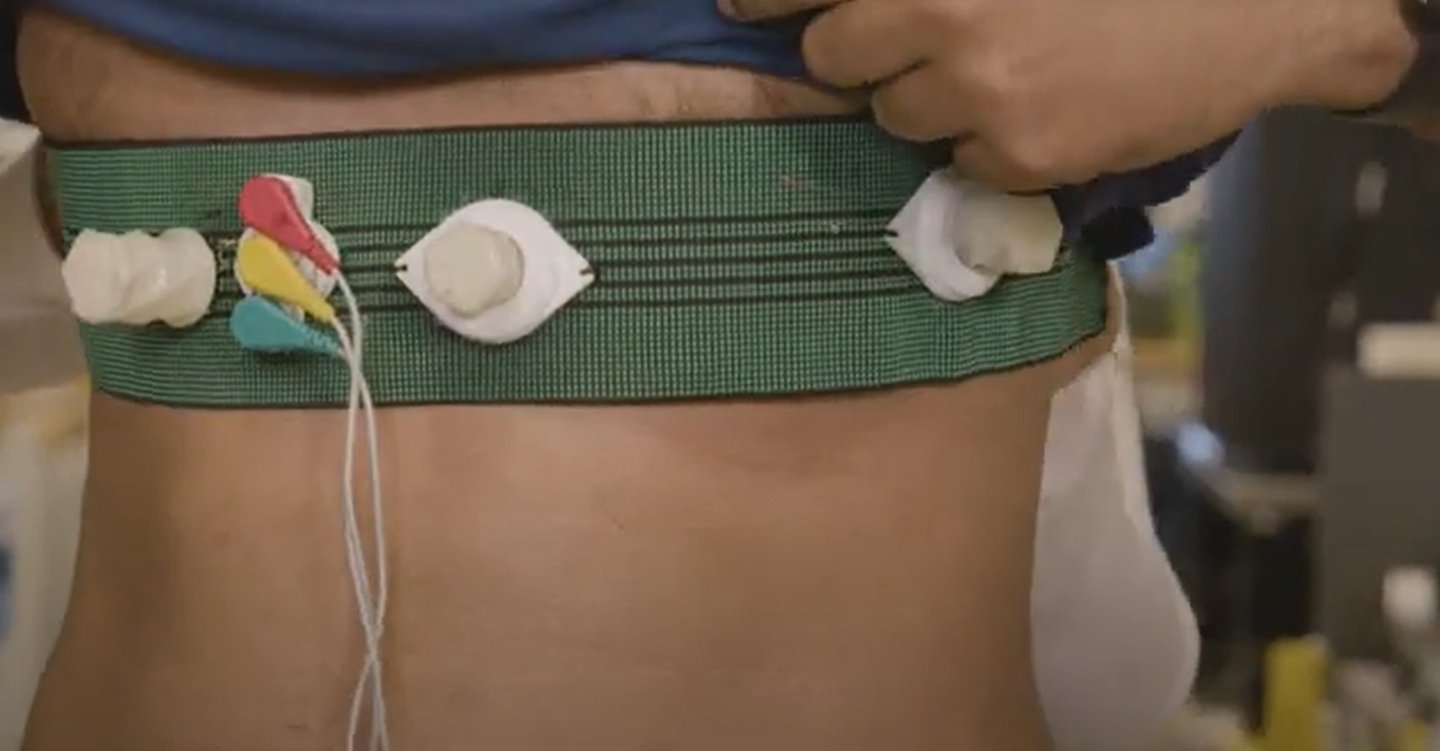Novel protein gel breaks down alcohol in the body preventing its harmful effects
Even small amounts of alcohol can impair concentration and reaction times, increasing accident risks.

Alcohol is primarily absorbed into the bloodstream through the stomach and intestinal mucous membranes. Even small amounts can impair concentration and reaction times, increasing accident risks. Chronic, heavy drinking leads to severe health problems, including liver disease, gastrointestinal inflammation, and cancer. According to the World Health Organization, excessive alcohol consumption claims about 3 million lives annually.
A breakthrough from researchers at ETH Zurich introduces a protein gel designed to break down alcohol in the gastrointestinal tract, preventing it from entering the bloodstream and causing intoxication and harm. The study, published in Nature Nanotechnology, demonstrates that in mice, the gel efficiently converts alcohol into harmless acetic acid.
Mechanism of the Protein Gel
The protein gel shifts alcohol metabolism from the liver to the digestive tract. “The gel shifts the breakdown of alcohol from the liver to the digestive tract.
In contrast to when alcohol is metabolized in the liver, no harmful acetaldehyde is produced as an intermediate product,” explains Professor Raffaele Mezzenga from the Laboratory of Food & Soft Materials at ETH Zurich. Acetaldehyde, a toxic byproduct of alcohol metabolism, is responsible for many alcohol-related health issues.
The gel could be ingested before or during alcohol consumption to prevent the rise of blood alcohol levels and avoid acetaldehyde damage. Unlike other market products that address symptoms, this gel tackles the root cause of alcohol-related harm.
However, its effectiveness is limited to the presence of alcohol in the gastrointestinal tract, making it ineffective for treating alcohol poisoning once alcohol has entered the bloodstream. It also does not reduce overall alcohol consumption.
Related Stories:
“It’s healthier not to drink alcohol at all. However, the gel could be of particular interest to people who don’t want to give up alcohol completely but don’t want to put a strain on their bodies and aren’t actively seeking the effects of alcohol,” says Mezzenga.
The researchers utilized ordinary whey proteins to create the gel. These proteins were boiled to form long fibrils, which were then cross-linked with salt and water to form the gel. The gel’s slow digestion rate is advantageous for its intended purpose. To enable alcohol breakdown, the gel incorporates several catalysts.
Iron atoms, distributed over the protein fibrils, act as the primary catalyst. “We immersed the fibrils in an iron bath, so to speak, so that they can react effectively with the alcohol and convert it into acetic acid,” says Jiaqi Su, the study’s first author.
Small amounts of hydrogen peroxide, generated by a reaction between glucose and gold nanoparticles, trigger the alcohol breakdown in the intestine. Gold was selected because it is not digested, maintaining its effectiveness longer. The final gel contains iron, glucose, and gold, creating a multi-stage enzymatic reaction converting alcohol into acetic acid.
Efficacy in Mice
The protein gel's effectiveness was tested on mice with single and repeated alcohol doses over ten days. Thirty minutes after a single alcohol dose, mice given the gel had a 40% lower alcohol level compared to controls.
Five hours post-intake, their blood alcohol levels were reduced by 56%. These mice also accumulated less harmful acetaldehyde and exhibited significantly lower liver stress, indicated by improved blood values.
Mice given alcohol over ten days, along with daily gel doses, showed a lasting therapeutic effect. They experienced less weight loss, liver damage, and had better liver fat metabolism and blood values compared to the control group. Additionally, their other organs, such as the spleen and intestines, showed considerably less alcohol-induced damage.
Development and Patent
Previous research on administering iron through whey protein fibrils revealed that iron could convert alcohol to acetic acid, albeit too slowly. The researchers improved this by using individual iron atoms instead of larger nanoparticles, increasing the reaction efficiency.
“Instead of using larger nanoparticles, we opted for individual iron atoms, which can be distributed more evenly on the surface of the fibrils and therefore react more effectively and quickly with the alcohol,” Mezzenga says.
A patent for the gel has been applied for, and while further clinical tests are needed for human use authorization, the researchers are optimistic. The gel’s primary component, whey protein fibrils, is already known to be edible, paving the way for potential human application.
Implications and Future Prospects
This innovation represents a significant step towards mitigating alcohol-related health risks. By breaking down alcohol in the gastrointestinal tract, the protein gel offers a preventive measure against the detrimental effects of alcohol consumption.
Future clinical tests will determine its efficacy and safety in humans, potentially leading to a novel approach in managing alcohol intake and its associated health issues.
The development of this protein gel aligns with broader public health goals of reducing the burden of alcohol-related diseases.
If successful in human trials, it could provide a valuable tool for those who wish to consume alcohol without enduring its harmful effects. However, it also underscores the importance of responsible drinking and the benefits of reducing alcohol consumption for overall health.
For more science and technology stories check out our New Innovations section at The Brighter Side of News.
Note: Materials provided above by The Brighter Side of News. Content may be edited for style and length.
Like these kind of feel good stories? Get the Brighter Side of News' newsletter.



